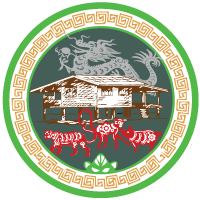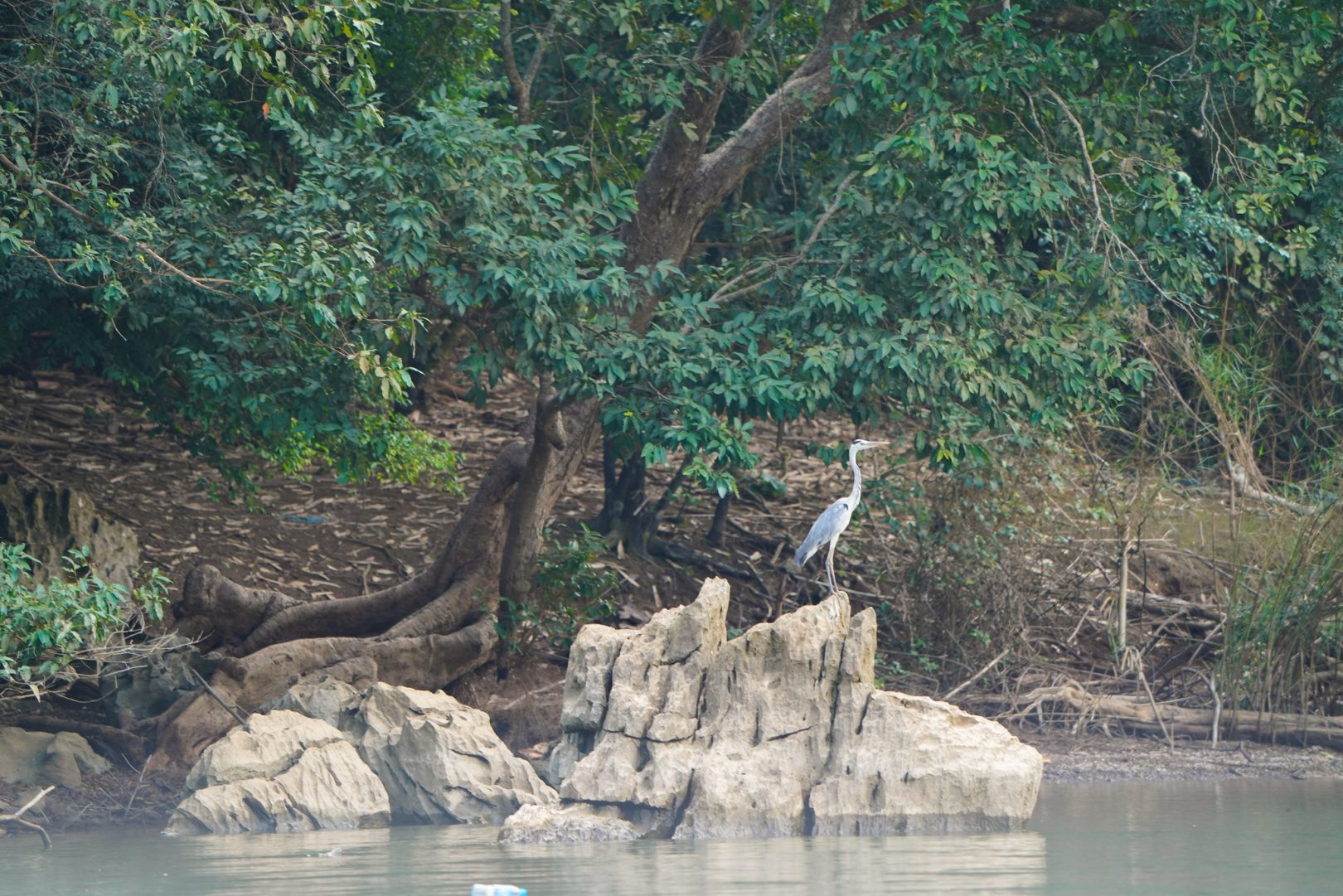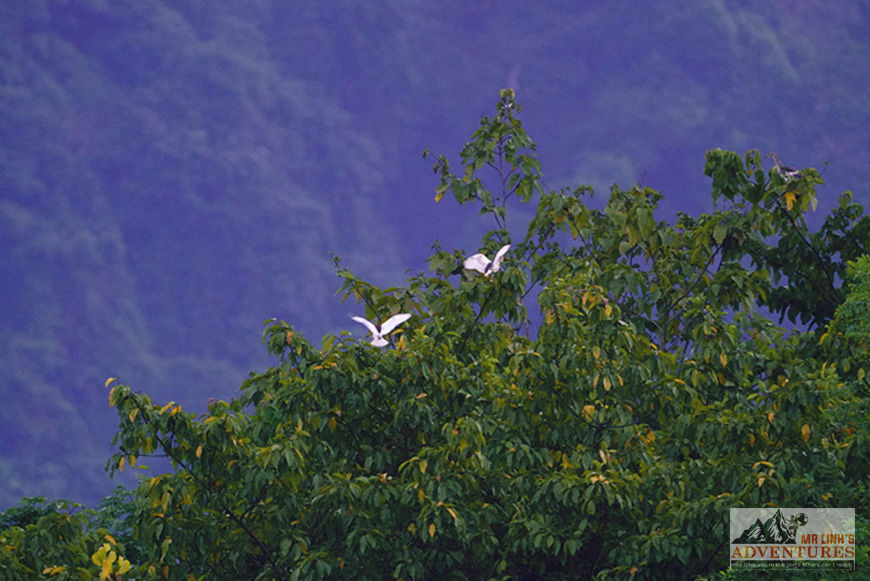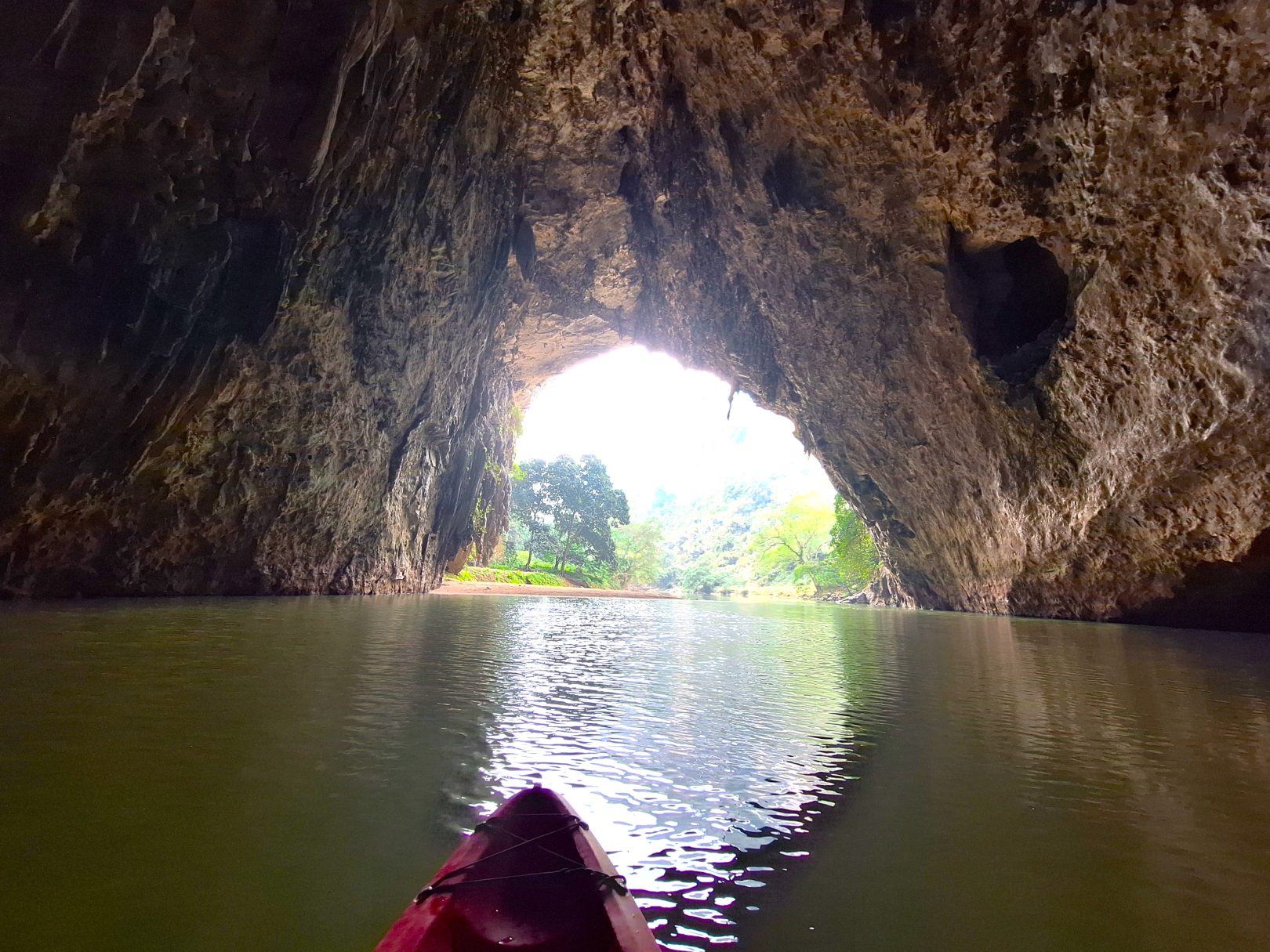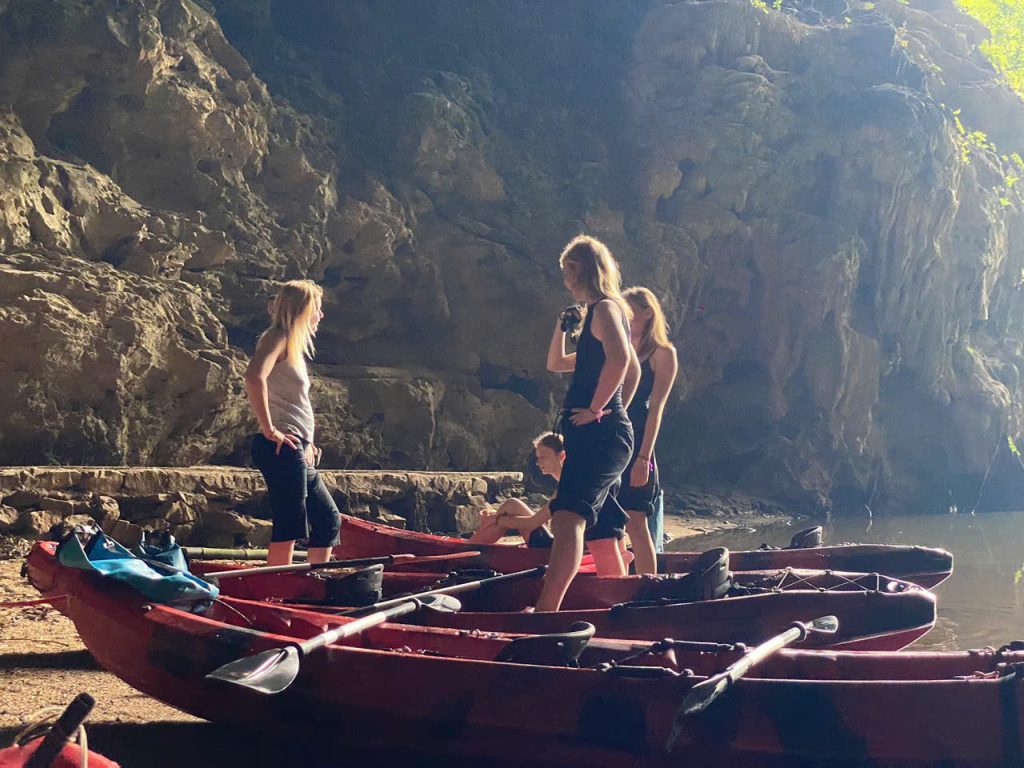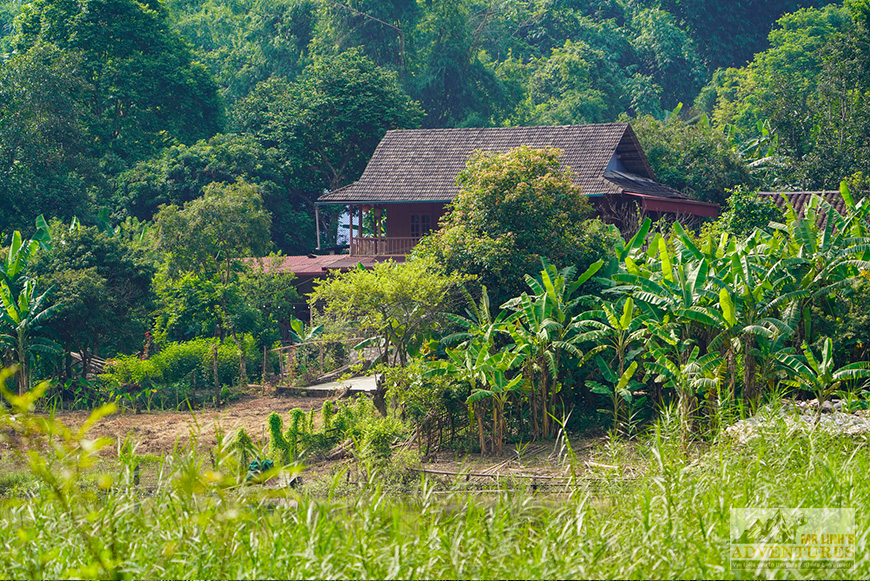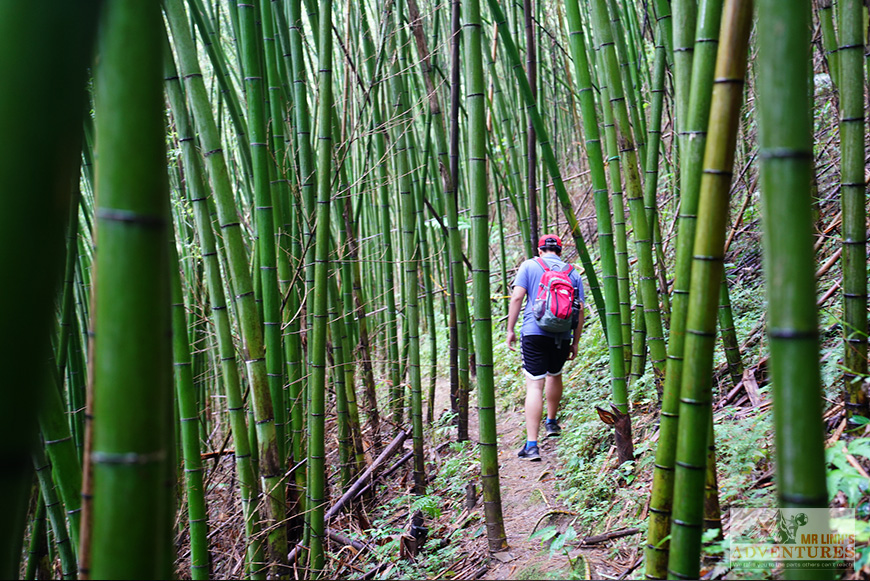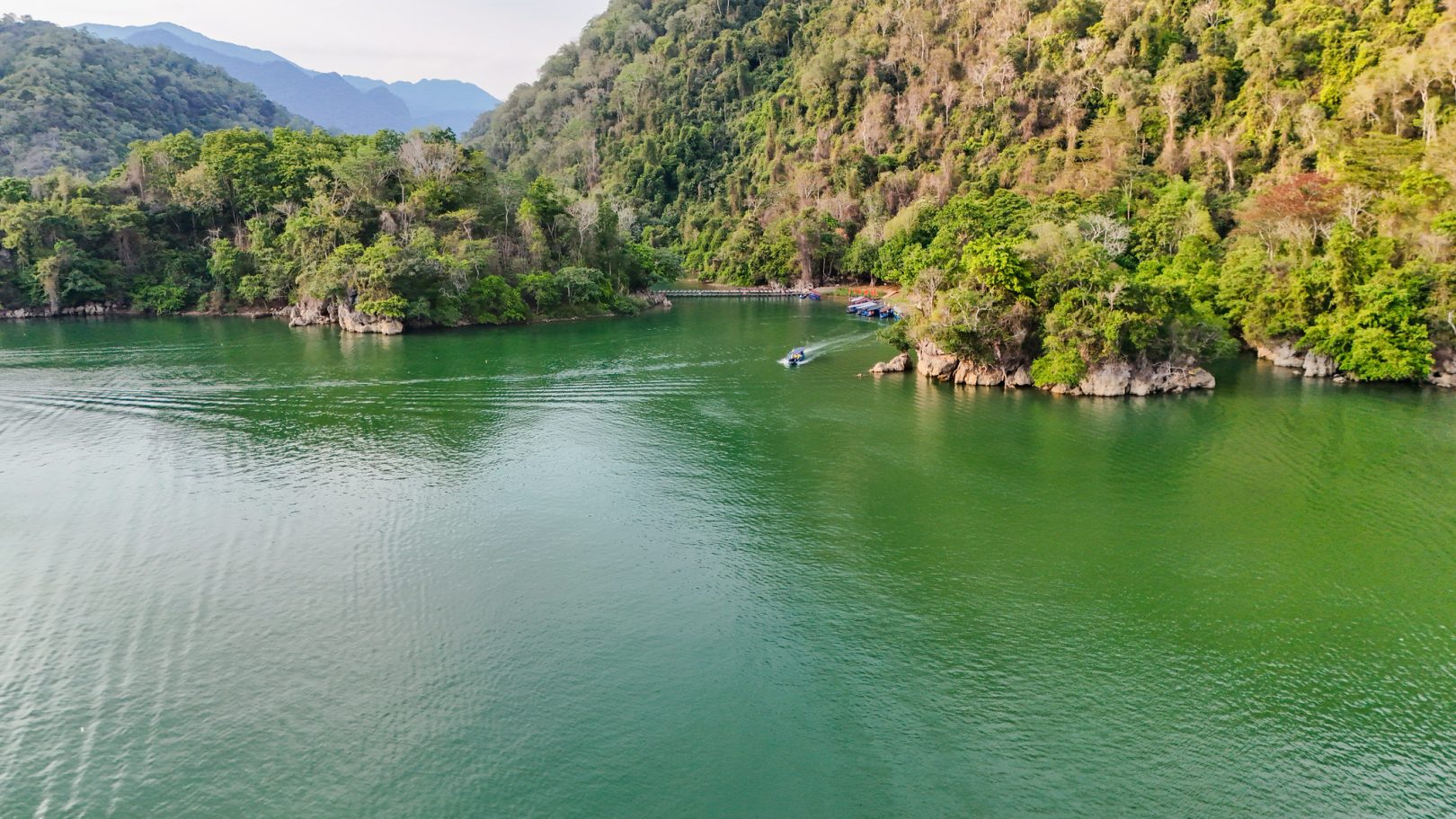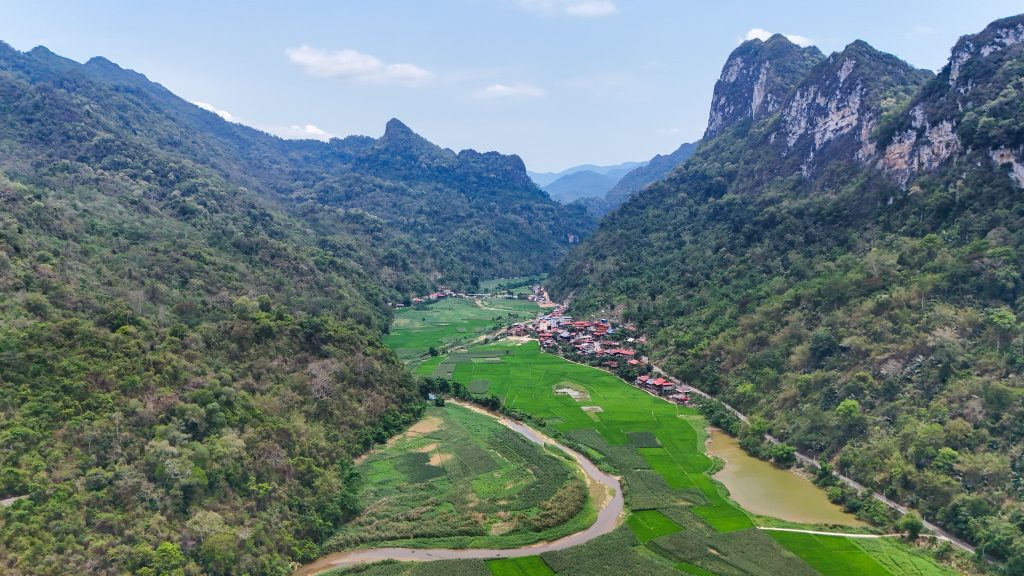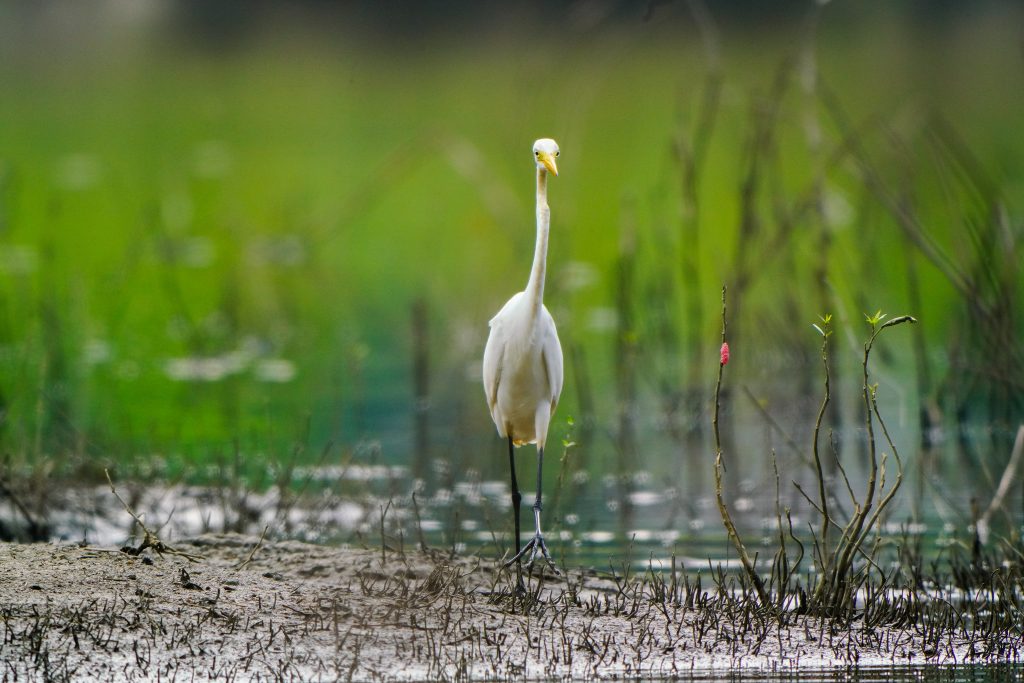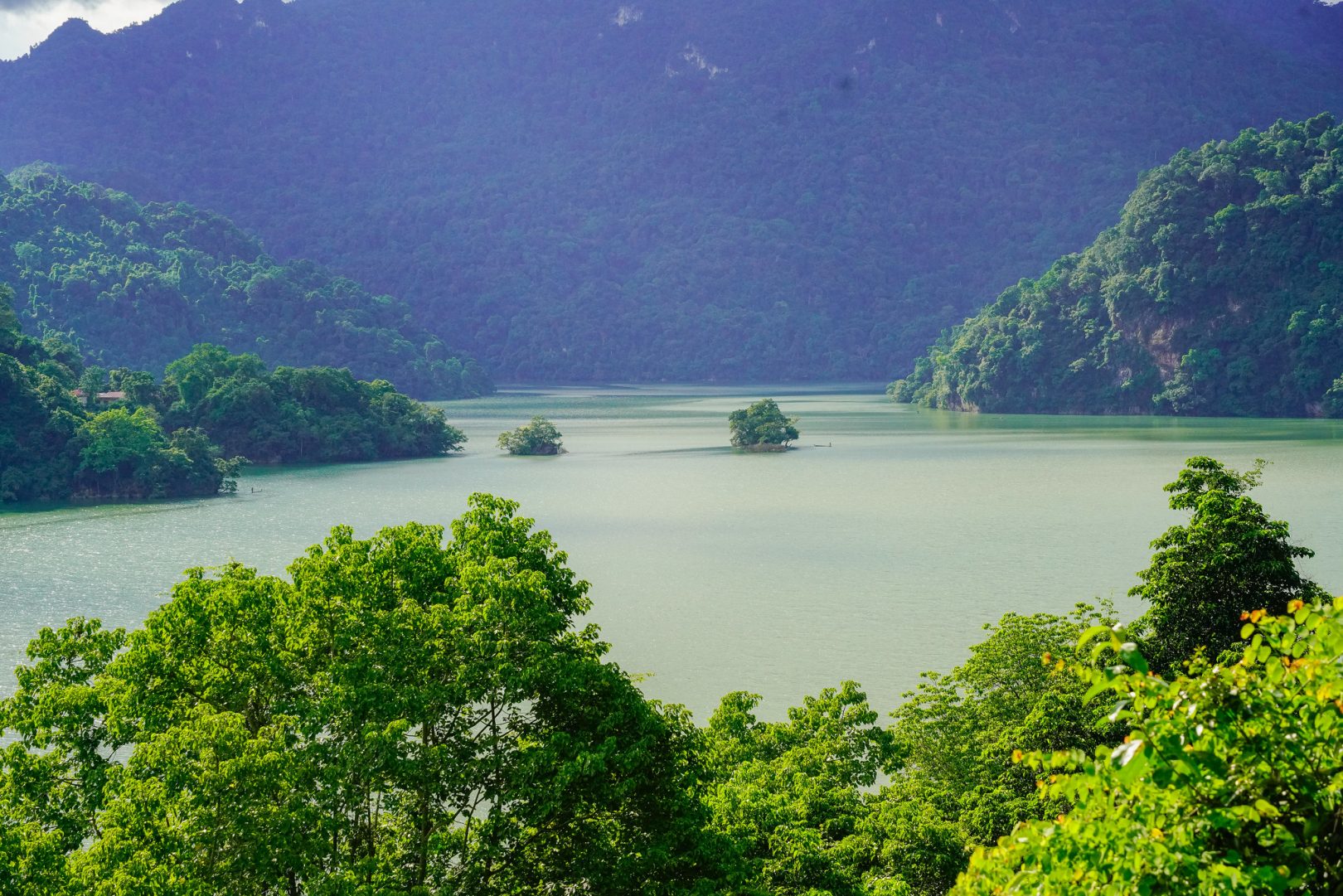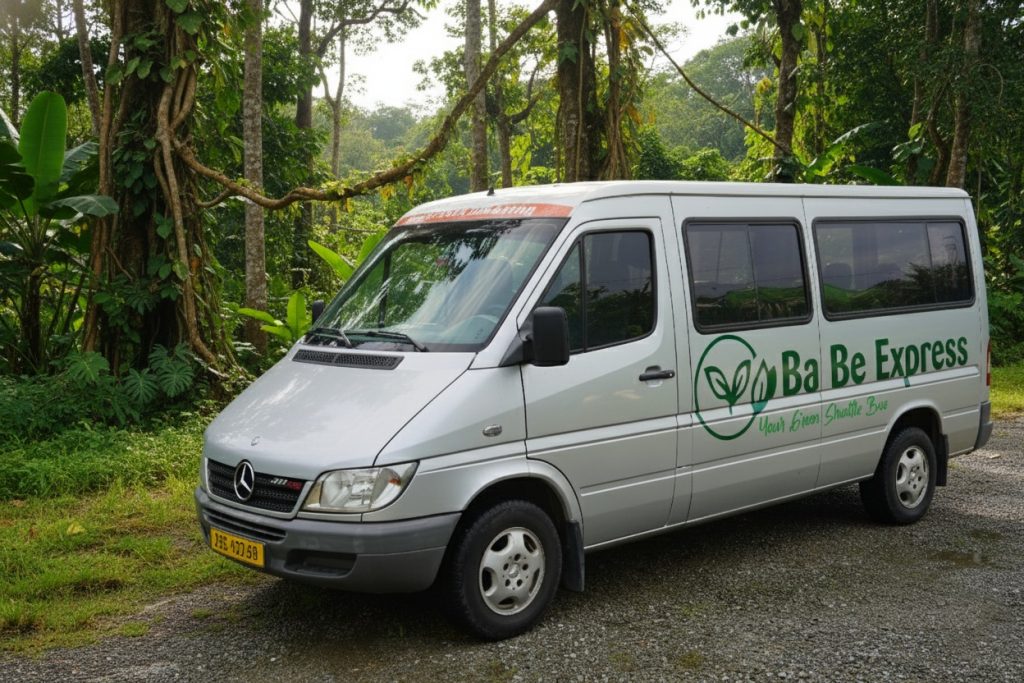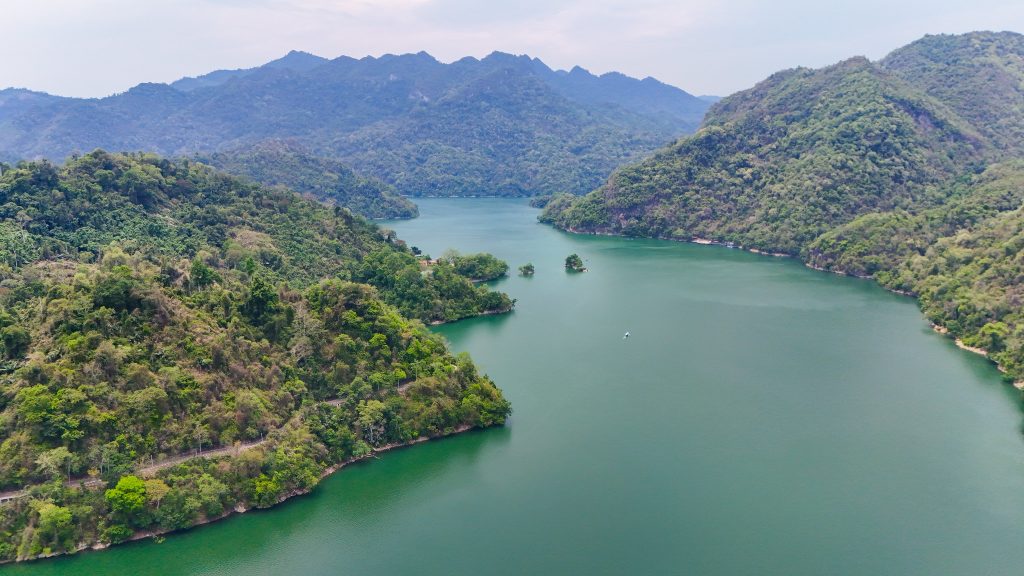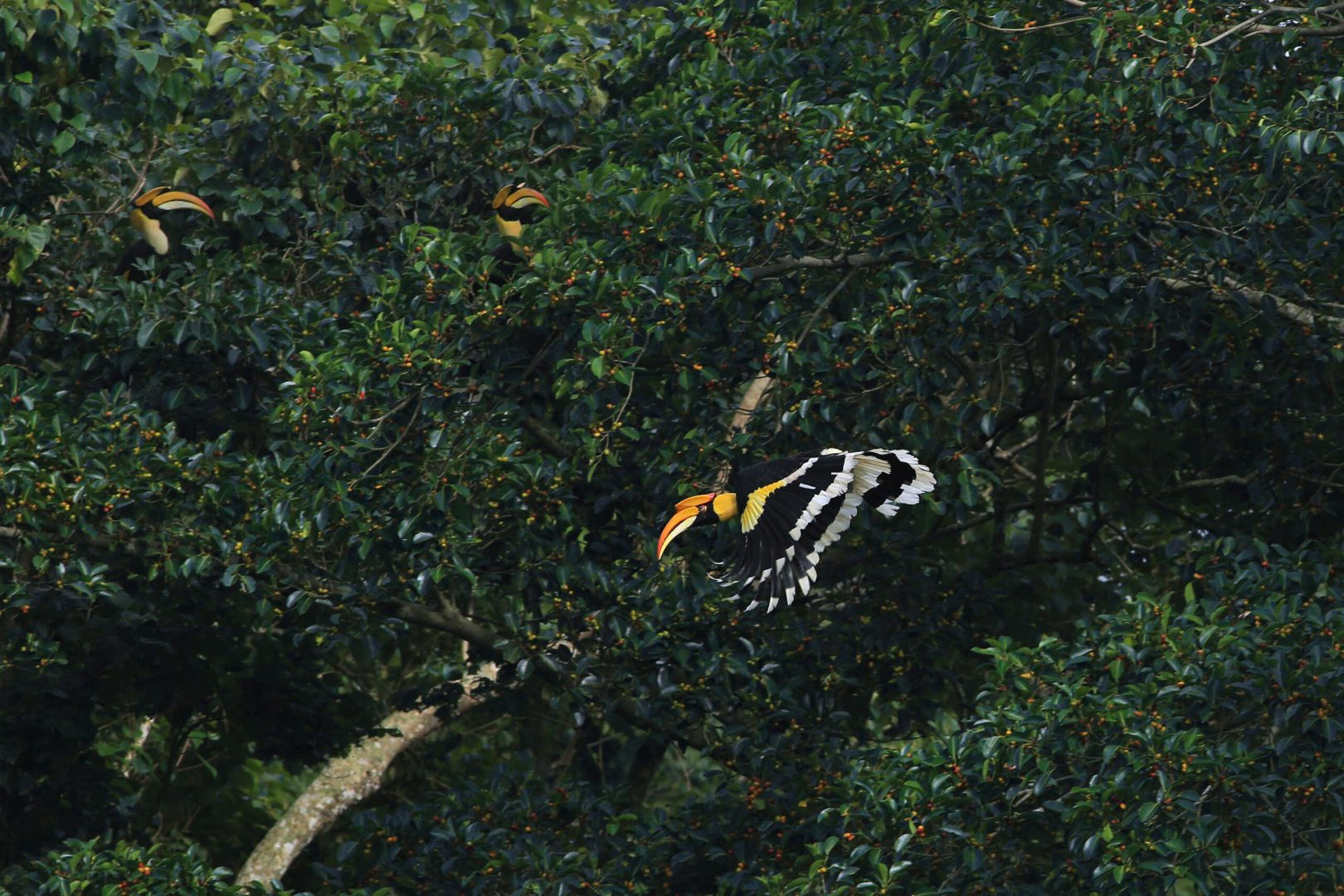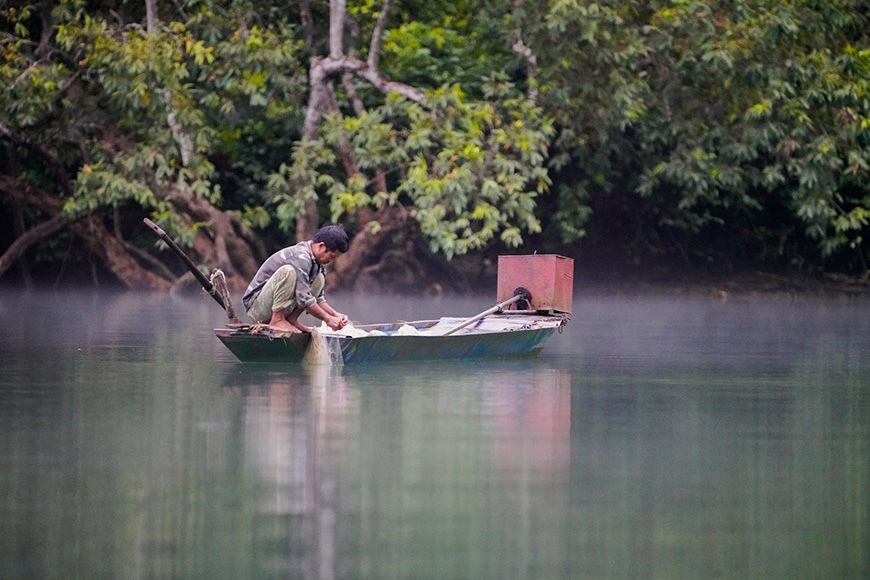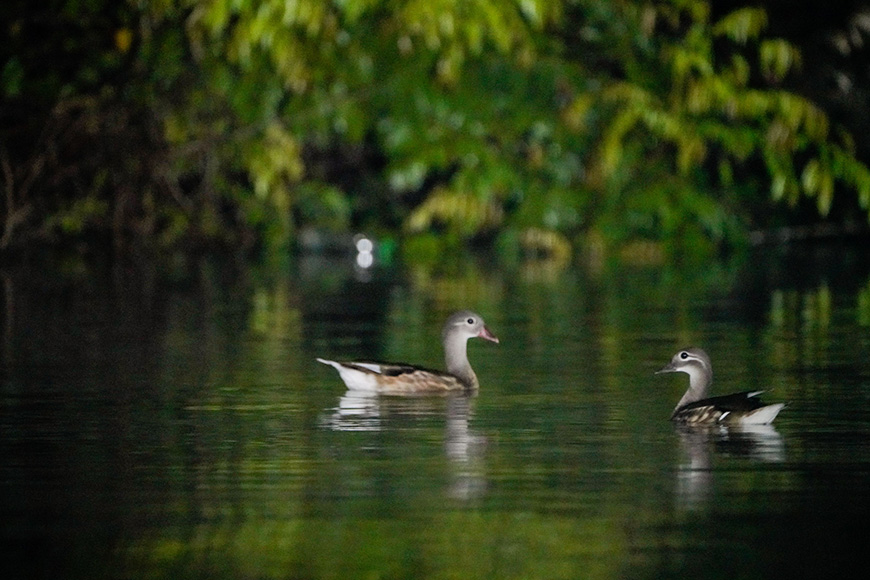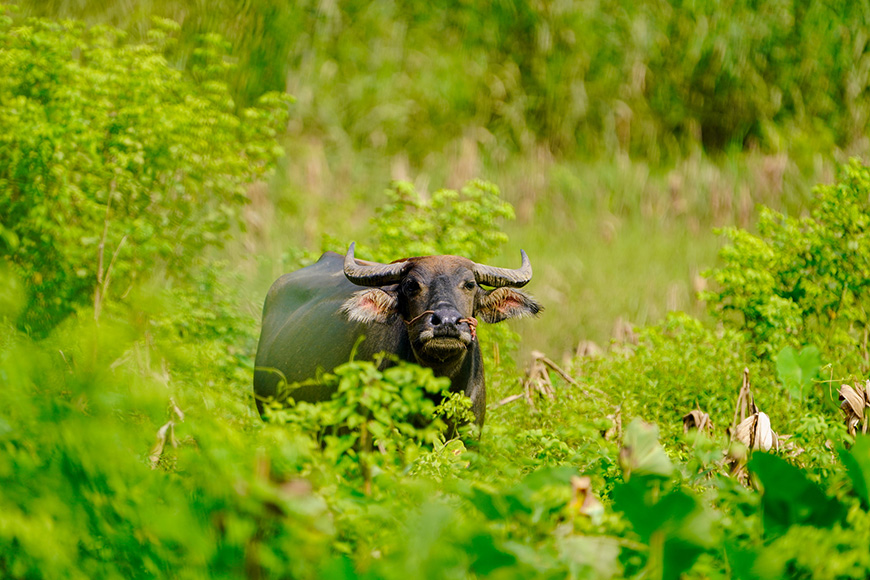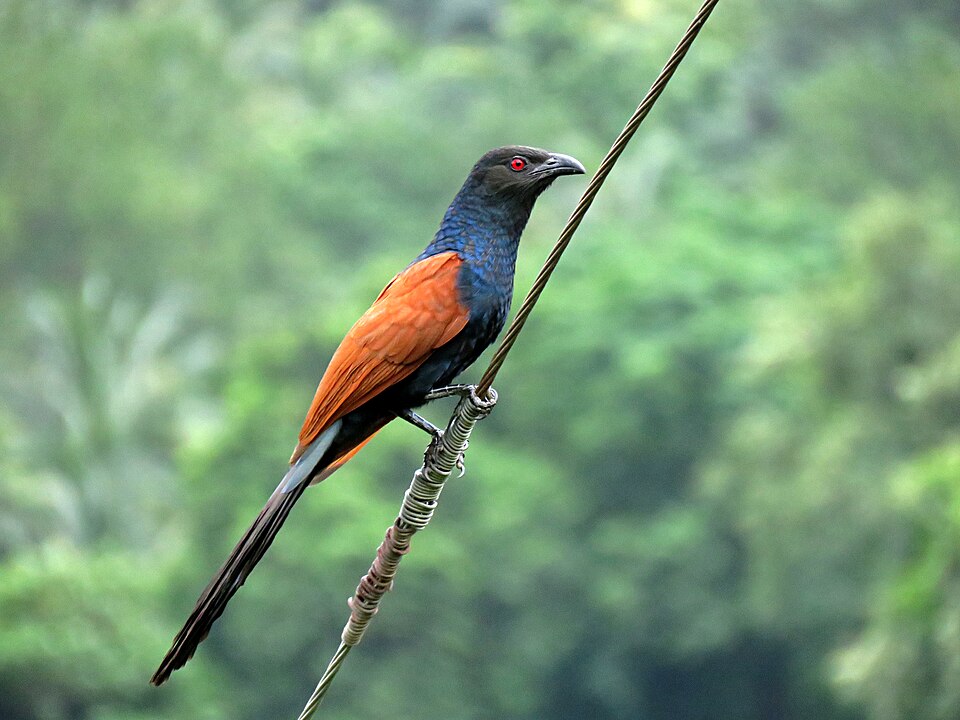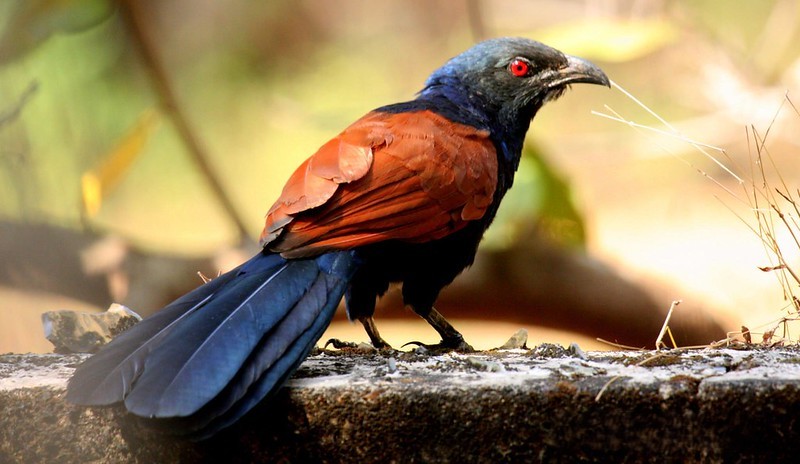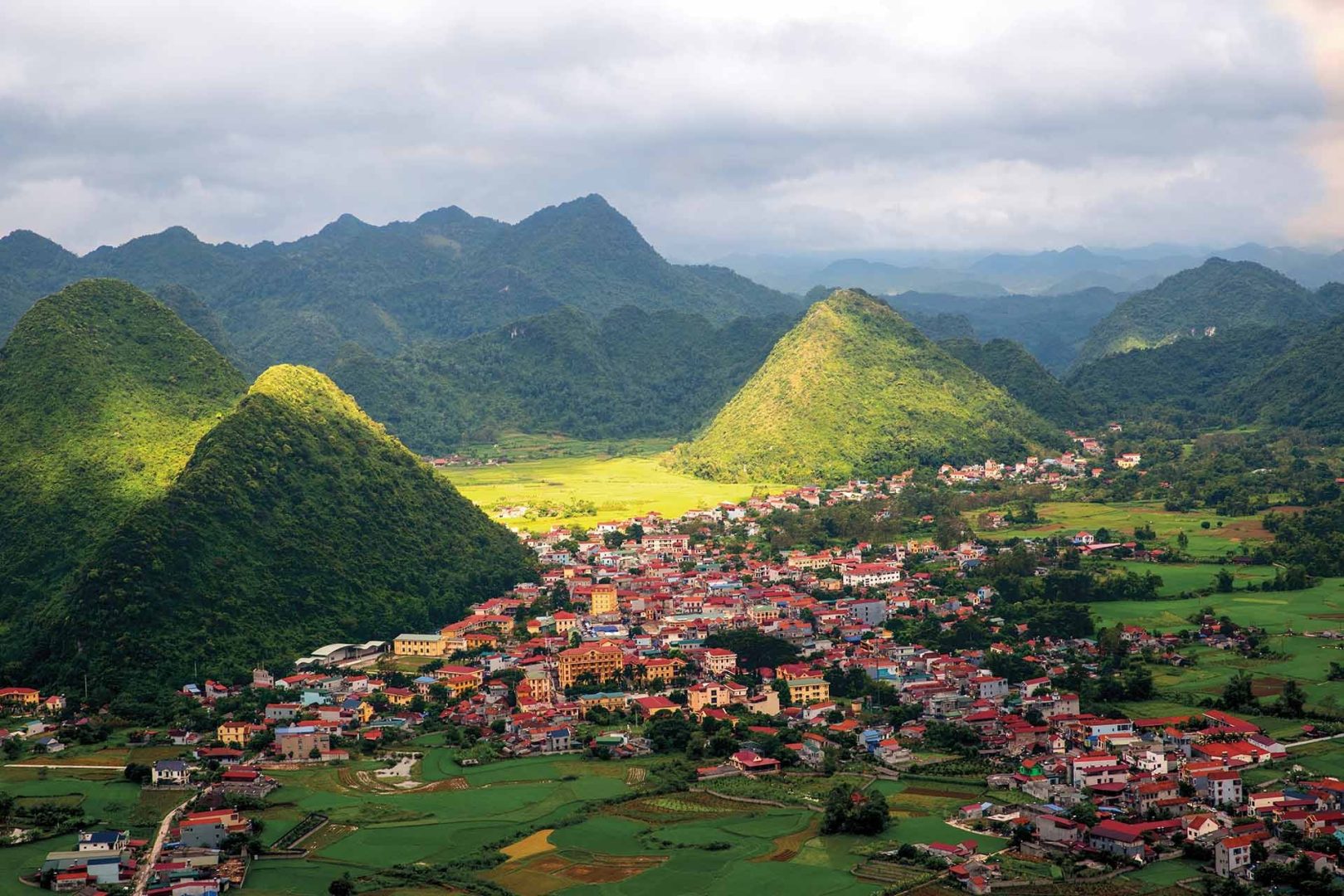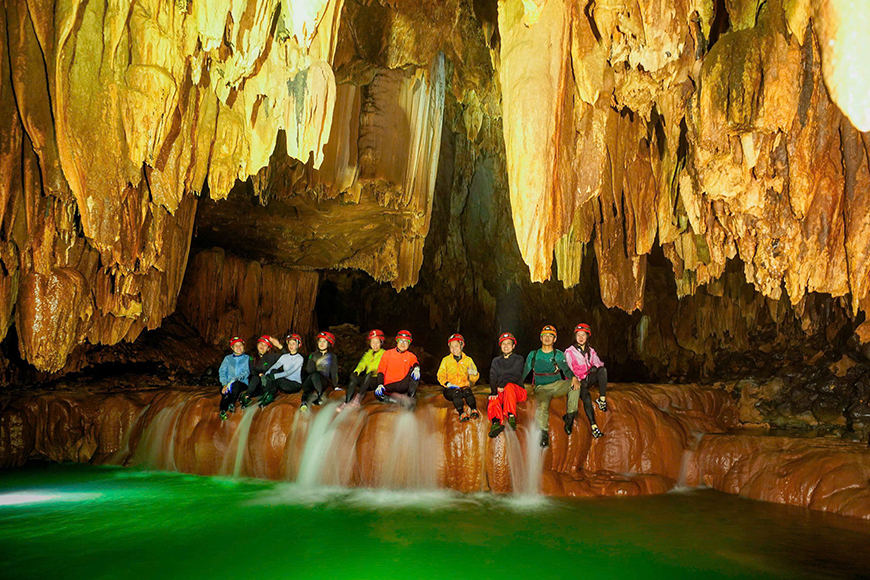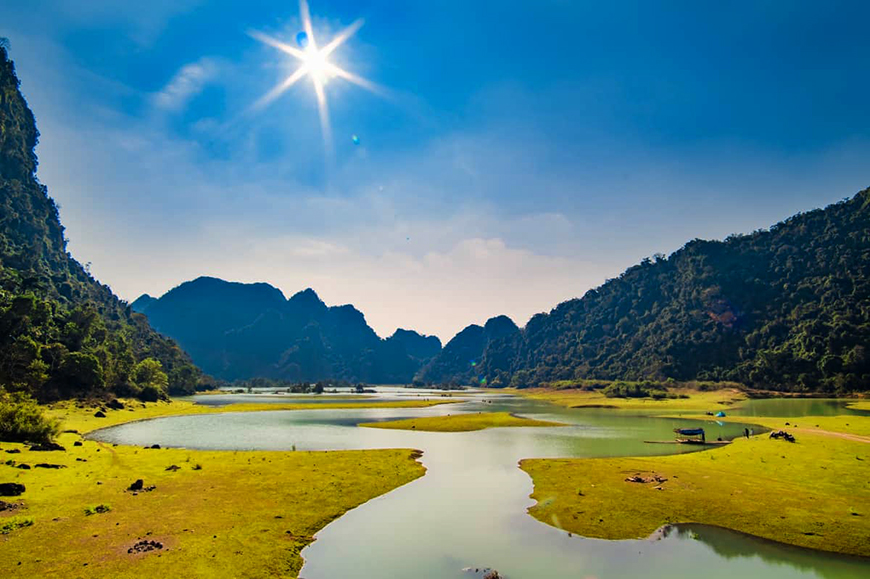The wild soul of the new province
You may know that since July 2025, the Bắc Kạn region has joined Thái Nguyên to form a new “super-province.” While Thái Nguyên is the commercial capital, Bắc Kạn remains its wild soul. Here, tea abandons the codified rituals for a more ancestral and ethnic flavor. In Ba Be, it’s not just a “tea ceremony”; it’s a way of life.
► Read also :Agricultural tourism in Thai Nguyen | Bac Kan Province
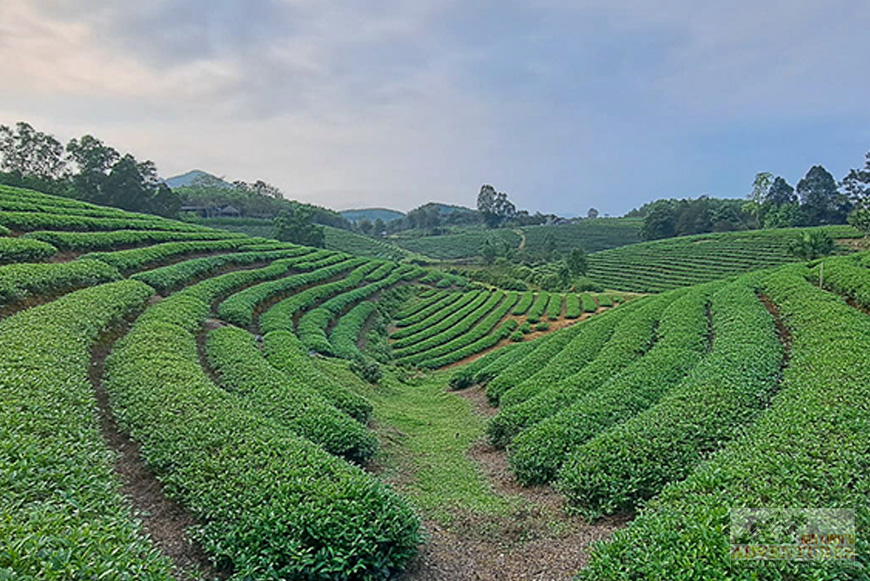
The secret is not just in the leaf
Here, the water comes directly from sources that flow through the limestone mountains (the famous karst). Loaded with minerals and gentle as an excuse, this water gives the tea a velvety texture that smooths out the bitterness to make way for a slight hazelnut aftertaste. It is in this sanctuary, at 150m altitude, that tea is savored with rare serenity.
A spiritual and human bridge
For the Tay and Nung ethnic groups, tea is a spiritual bridge. It is prepared around the central hearth (bếp lửa) and often accompanies the enchanting tunes of the Then Singing.
Here, tea is above all synonymous with sharing: You won’t find a kimono-clad master; the tea arrives in a small earthen pitcher called Chén Tống, the “pot of justice.”
But tea is also the spirit of equality: The pitcher is passed around so that each guest receives the same infusion and the same kindness. No one is above another; we share the same forest and the same cup. That’s also a bit of the spirit of Ba Be…

Taste the Nature of Ba Be
If you’re lucky, you’ll taste Shan Tuyết, this “snow tea” with fluffy buds whose flavors seem sweetened by the clouds. It’s the first welcome word of the Tay, a moment of human warmth that prepares the mind for the magic of the lake.

Want to taste? Ask us for a tasting on your next canoe outing!
